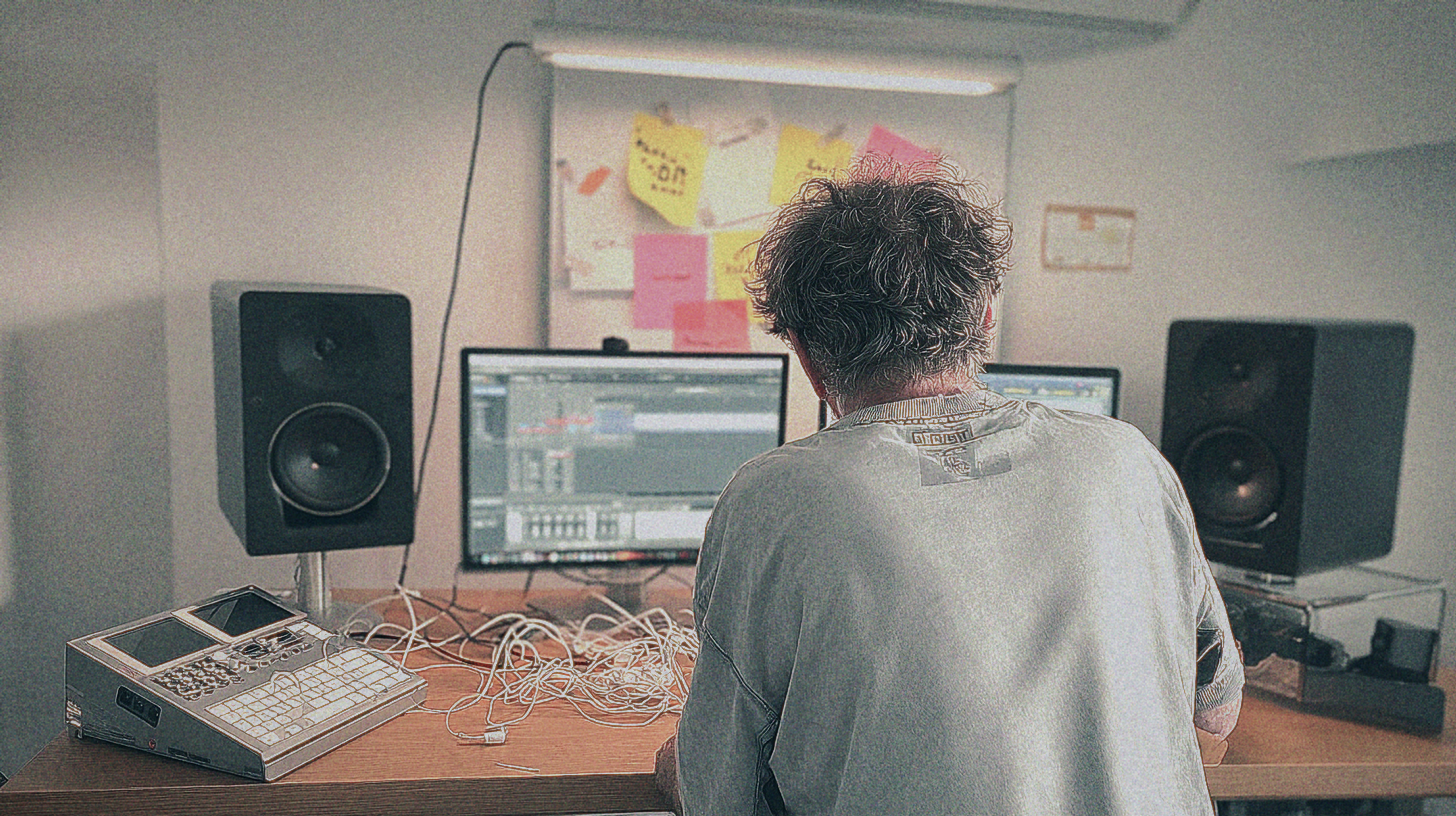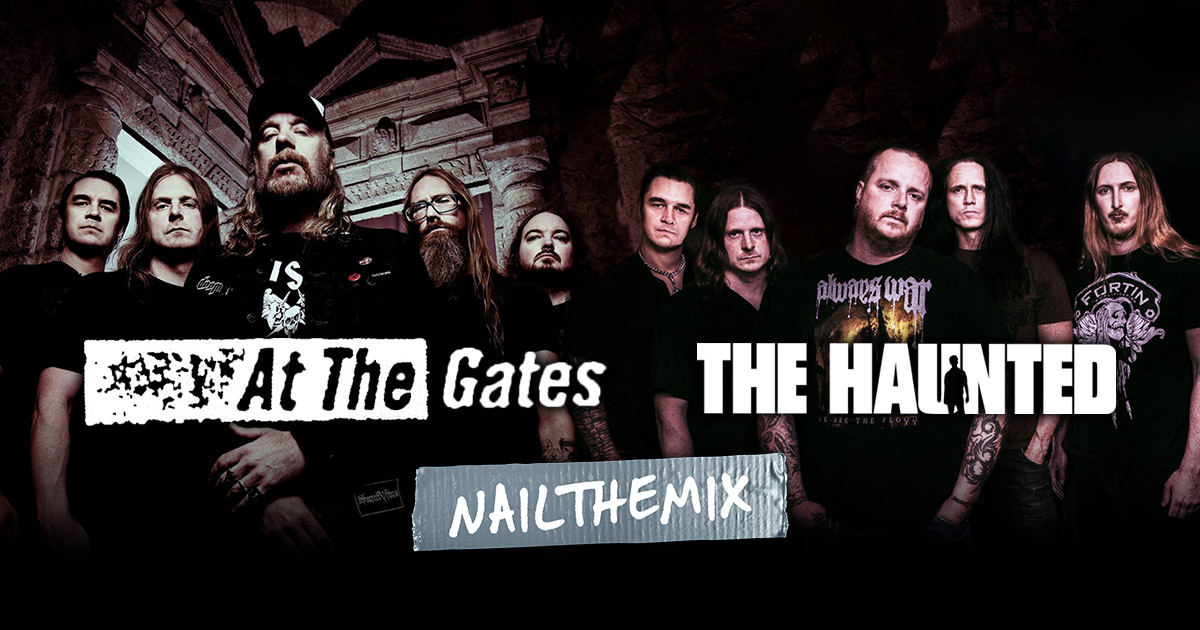
Mixing Progressive Metal Guitars: Jens Bogren on the Finer Points for Leprous
Nail The Mix Staff
Let’s be real: getting rhythm guitars to sit perfectly in a dense, progressive metal mix is one of the toughest challenges a producer can face. You want them to be huge and powerful, but you also need clarity, definition, and space for everything else. It’s a delicate balancing act.
When you’re talking about a band like Leprous, with their intricate layers and dynamic arrangements, that challenge gets dialed up to eleven. So, what’s the secret? We got an inside look at how legendary producer Jens Bogren (Opeth, Arch Enemy, Devin Townsend) tackled the rhythm guitars in a Leprous track, and his approach is all about nuance, careful blending, and serving the song—not just slamming plugins.
Here are some of the key takeaways from his process that you can apply to your own mixes.
The Foundation: Blending Tones for a Cohesive Wall of Sound
Before a single EQ or compressor was touched, the core of the guitar sound came from the source tones and how they were blended. Jens worked with four distinct rhythm guitar tracks, each with its own character.
Layering Distorted and Cleaner Tones
The session featured a classic layering strategy. Some of the guitar tracks were clearly hit with a pedal, likely something akin to a Tube Screamer, which tightens the low end and pushes the mids forward. This creates that focused, aggressive tone that’s perfect for heavy sections.
However, other tracks were recorded without a boost pedal. This retained the “sparkling” top-end and a more open, full-range sound of the guitar string hitting the amp. This combination gives you the best of both worlds: the focused punch of the boosted tone and the articulation and width of the cleaner one.
Using Automation to Serve the Song
Instead of just setting a static balance, Jens automated the levels of these guitar layers to match the energy of the arrangement. For most of the track, he leaned more heavily on the pedal-driven, distorted guitars because their mid-range focus helped them occupy their space in the mix without clashing with other instruments.
But when the song shifted to a cleaner, more open part, he automated the distorted guitars down and brought up the less-distorted ones. This subtle shift in balance allowed the guitar tone itself to breathe and change with the music. To make this easier, he grouped all four tracks into a “Rhythm Master” bus, allowing him to ride the overall level of the combined guitars with a single fader.
Processing Philosophy: Less Is Often More
One of Jens’ core philosophies is that if the guitars are recorded well, they shouldn’t need a ton of heavy-handed fixing. His approach to compression and EQ is surgical and intentional.
To Compress or Not to Compress?
Jens is extremely cautious when it comes to compressing high-gain rhythm guitars. Why? Because distortion is already a powerful form of compression. It flattens the waveform’s dynamics naturally. Adding more compression on top can easily backfire, shrinking the perceived size of your guitars and making them sound smaller and less impactful. His rule of thumb is simple: the more distortion, the less compression you usually need.
What About Palm Mutes? (A Quick Detour)
While the Leprous part he was working on didn’t feature heavy palm-muting, Jens offered a great tip for those chuggier metal tracks. If you have riffs with a lot of palm mutes that are either too boomy or not punchy enough, a multi-band compressor like the Waves C4 can be your best friend. You can use it to specifically target the low-mid frequencies of just the palm mutes to either contain them or even expand them for more attack, without affecting the rest of the guitar tone.
Strategic EQ for Clarity and Punch
When it comes to EQ, Jens avoids a “one-size-fits-all” approach. Every move is based on what the mix needs in that moment.
Carving Out Space, Not Shrinking the Image
Be careful with aggressive low-cut and high-cut filters. While they’re essential for cleaning up mud and fizz, Jens warns that if you go too far, you can actually shrink the perceived stereo image of your guitars, making them feel narrow and weak. The key is to find the right balance, and always make your EQ decisions in the context of the full mix, especially listening to how the guitars interact with the bass.
Surgical Low-Cuts and Harmonic Enhancement
On the main guitar bus, Jens identified that the guitars were taking up a little too much low-end space, clashing with the bass and drums. To fix this, he used an EQ to experiment with a low-cut. He found that a cut around 150 Hz helped create a sense of “low-end clearness” without gutting the tone.
Interestingly, the EQ he reached for wasn’t just a simple filter. He mentioned it had a “mic mode” and a “saturation” feature. This kind of tool, similar to a Pultec-style EQ, doesn’t just cut or boost frequencies; it also adds subtle harmonics and a “nice shimmer.” This is a pro-level move: you’re not just carving out space, you’re simultaneously adding character and richness that helps the guitars shine.
Panning, Space, and Ambience
Finally, Jens used panning and ambience to place the guitars perfectly in the stereo field and give them a sense of dimension.
Creating a Pocket for the Vocals
To ensure the lead vocal had a clear path right down the middle, he took one of the melodic rhythm guitars and panned it slightly off-center. This small move is surprisingly effective at de-cluttering the phantom center, giving the most important element of the song—the vocal—plenty of room to breathe.
Room Mics vs. Delay: A Pro’s Preference
While the session included dedicated room mic tracks for the guitars, Jens revealed he often prefers to use delay for ambience instead. A constant room mic track can create a “wash” that might soften the guitars’ attack and reduce their focus. A timed delay, on the other hand, can add depth and space while staying out of the way of the direct signal, preserving the punch and clarity of the performance.

100+ Insanely Detailed Mixing Tutorials
We leave absolutely nothing out, showing you every single step
Putting It All Into Practice
Jens Bogren’s approach is a masterclass in making dozens of small, tasteful decisions that add up to a massive, polished sound. He’s blending layers with automation, using EQ to both clean up and enhance, and making smart choices about compression and ambience to serve the song.
These are incredible insights into a pro-level workflow. But reading about it is one thing. Imagine being a fly on the wall, watching Jens dial in every setting, automate every fader, and explain his thought process for every single move he makes on this Leprous track.
Leprous on Nail The Mix
Jens Bogren mixes "The Price"
Get the Session
With a Nail The Mix membership, that’s exactly what you get. You can download the actual multi-tracks from this Leprous session and watch Jens mix it from scratch. See how he treats the bass, drums, and vocals and makes everything gel into a finished, professional master. If you’re serious about taking your productions to the next level, it’s time to unlock your sound beyond presets and learn directly from the best in the business.
Check out the full Leprous mixing session with Jens Bogren now.
Get a new set of multi-tracks every month from a world-class artist, a livestream with the producer who mixed it, 100+ tutorials, our exclusive plugins and more
Get Started for $1




